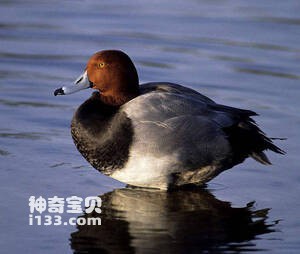
Aythya americana
Aythya americana,Redhead
American submerged duck (Aythya americana) Redhead, no subspecies.The Americ···
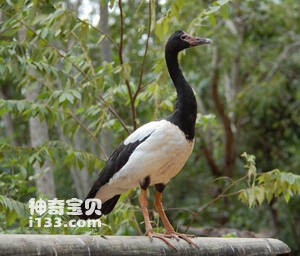
Anseranas semipalmata
Anseranas semipalmata,Magpie Goose
The Magpie Goose (Anseranas semipalmata) has no subspecies.After the breedin···
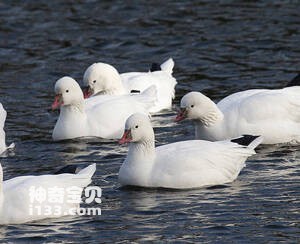
Anser rossii
Anser rossii,Chen rossii,Ross’s Goose
Anser rossii is Ross's Goose, no subspecies.The behavior and habits of t···
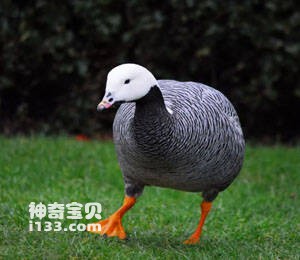
Emperor Goose
Emperor Goose,Emperor Goose
The Emperor Goose (Anser canagicus) is a large, individual bird of the genus···
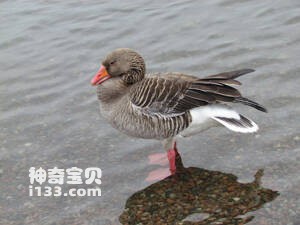
Pink-footed Goose
Pink-footed Goose,Anser brachyrhynchus
The footed Goose (Anser brachyrhynchus) is a large, relatively heavy bird of···
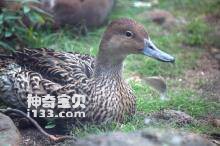
Anas wyvilliana
Anas wyvilliana,Hawaiian Duck,Koloa
The Hawaiian Duck (Anas wyvilliana), also known as Hawaiian Duck or Koloa, i···
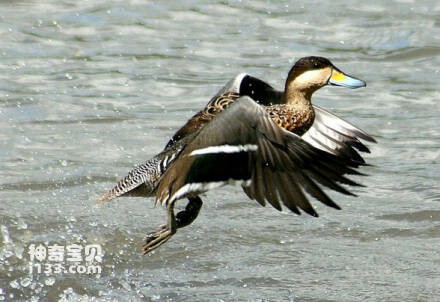
Silver Teal
Silver Teal,Anas versicolor
The Silver duck (Anas versicolor) is known as Silver Teal and has three subs···
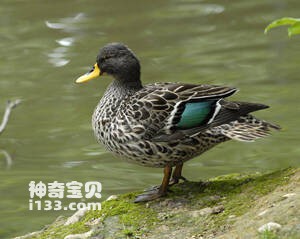
African Yellow-billed Duck
African Yellow-billed Duck,Anas undulata
The African Yellow-billed Duck (Anas undulata) has two subspecies and belong···
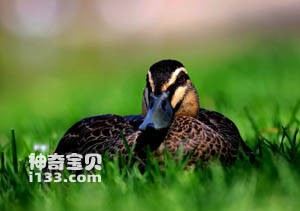
Anas superciliosa
Anas superciliosa,Pacific Black Duck,Grey Duck
The Pacific Black Duck (Anas superciliosa) is a medium sized swimming bird i···
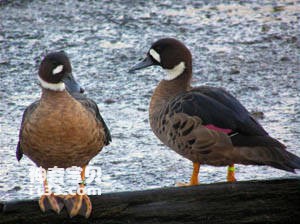
Spectacled Duck
Spectacled Duck,Bronze-winged Duck,Speculanas specularis
Anas specularis: Spectacled Duck, Bronze-winged Duck, belonging to the famil···
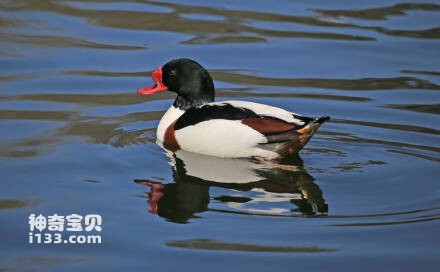
Tadorna tadorna
Tadorna tadorna,Common Shelduck
The Common Shelduck (Tadorna tadorna) is a large duck with no subspecies.In ···
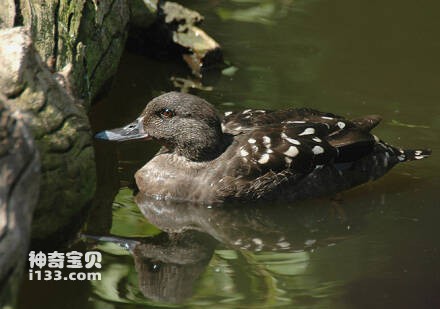
African Black Duck
African Black Duck,Anas sparsa
The African Black Duck (Anas sparsa) is a medium-sized swimming bird in the ···
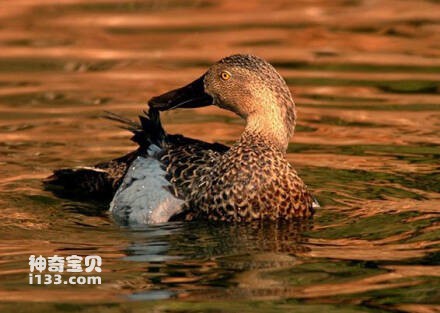
Anas smithii
Anas smithii,Cape Shoveler
Cape Shoveler (Anas smithii) is a medium-sized swimming bird in the family A···
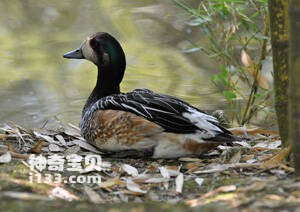
Chiloe Wigeon
Chiloe Wigeon,Anas sibilatrix
Chiloe Wigeon (Anas sibilatrix) is a medium-sized swimming bird in the famil···
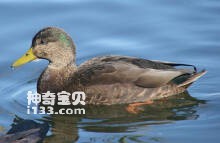
Anas rubripe
Anas rubripes,American Black Duck,Black Duck
The North American Black Duck (Anas rubripes) is a medium-sized swimming bir···
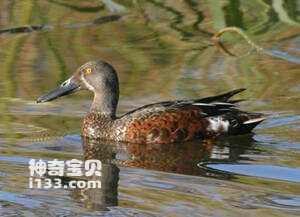
Anas rhynchotis
Anas rhynchotis,Spatula rhynchotis,Australasian Shoveler
The black-headed Spoonbill (Spatula rhynchotis) is a medium-sized swimming b···
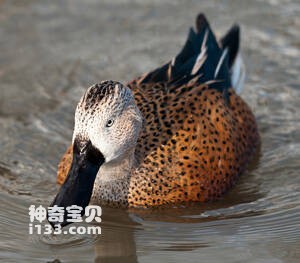
Red Shoveler
Red Shoveler,Spatula platalea
The Red Shoveler (Spatula platalea) is a medium-sized swimming bird belongin···
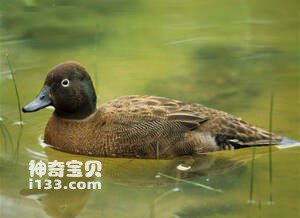
Anas nesiotis
Anas nesiotis,Campbell Islands Teal
The Campbell Islands Teal (Anas nesiotis) is a medium-sized swimming bird be···
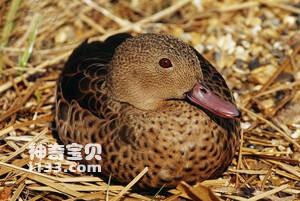
Meller’s Duck
Meller’s Duck,Anas melleri
Meller's Duck: There are two species of duck in Madagascar: Anas bernier···
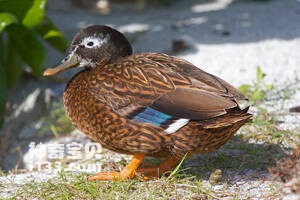
Anas laysanensis
Anas laysanensis,Laysan Duck
The Laysan Duck (Anas laysanensis), formerly a subspecies of the mallard duc···
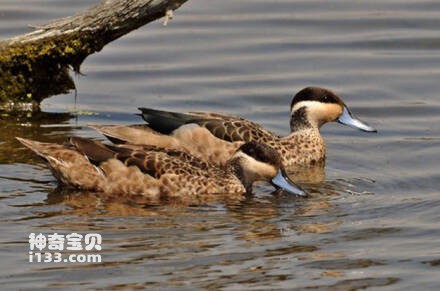
Hottentot Teal
Hottentot Teal,Anas hottentota
The South African duck (Anas hottentota), commonly known as Hottentot Teal, ···
